

The HVAC (Heating, Ventilation, and Air Conditioning) linset market is poised for steady growth in the coming years, driven by an increasing demand for energy-efficient solutions, climate control systems, and sustainable infrastructure. The global HVAC industry continues to evolve, integrating new technologies that focus on improving energy efficiency, reducing environmental impact, and enhancing overall indoor comfort. As we look ahead to the forecast period of 2025 to 2032, the HVAC linset market is expected to experience notable growth, as these trends continue to drive innovation and investment.
Market Overview
The HVAC linset market primarily refers to the components and systems that are integral to the HVAC industry. Linsets, also known as linings or linse sets, are critical components in maintaining the efficiency and effectiveness of HVAC systems. They are utilized for insulation, soundproofing, air filtration, and protection against corrosion, all of which are crucial for the overall performance of HVAC units. These linsets are found in both residential and commercial applications, including but not limited to industrial HVAC systems, central air conditioning units, air filtration devices, and ventilation systems.
Market Drivers
Several key factors are driving the growth of the HVAC linset market from 2025 to 2032:
Market Segmentation
The HVAC linset market can be segmented based on product type, application, and region:
By Product Type
By Application
By Region
Market Trends
Market Challenges
Market Players
Market Outlook and Forecast
The HVAC linset market is projected to reach a value of approximately $10.5 billion by 2032, growing at a CAGR of 5.2% from 2025 to 2032. This growth is primarily driven by the increased focus on energy efficiency, sustainability, and the integration of advanced technologies in HVAC systems. As global urbanization continues and construction activity expands, particularly in developing regions, the demand for HVAC linsets is expected to remain strong.
Conclusion
The HVAC linset market is on a positive growth trajectory, with multiple factors driving the demand for more efficient, durable, and sustainable solutions. As the market evolves, advancements in technology, increasing environmental awareness, and a growing focus on energy efficiency will continue to shape the direction of the industry. Manufacturers that can innovate and adapt to these changing trends will be well-positioned to capitalize on the opportunities that lie ahead. The forecast period from 2025 to 2032 promises to be a dynamic and exciting time for the HVAC linset market, with strong growth and evolving trends in line with global demands for sustainability, energy efficiency, and cutting-edge technology.
Source: International Market Research Analysis, 2024

International Market Research follows a comprehensive research methodology dedicated to offering the most accurate market estimation and analysis. It leverages a data triangulation methodology to estimate the market dynamics and deliver precise estimations. The company exploits a combination of top-down and bottom-up approaches for classifying and assessing quantitative aspects of the market.
This research study is based on exhaustive quantitative and qualitative analysis.
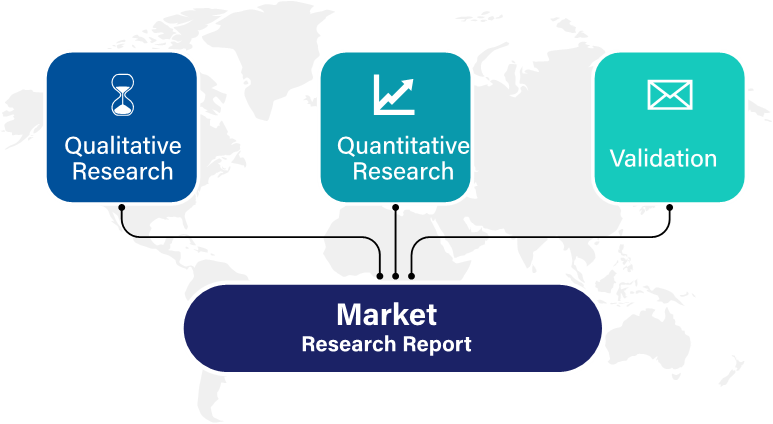
The Quantitative analysis involves numerous models, mathematical tools, projection, and sampling techniques. It encompasses the following steps:
Recognize market variables and derive market size.
Valuation of prospects, opportunities, and market penetration rates by analyzing Application Predictive Maintenance Solution, regional trends, etc.
Gauge historical market trends and derive present and future year-on-year growth trends
The qualitative analysis covers briefing about market dynamics and business opportunities and strategies. Lastly, all the research findings are authenticated over interviews with in-house industry experts, freelance consultants, and key opinion leaders, etc.
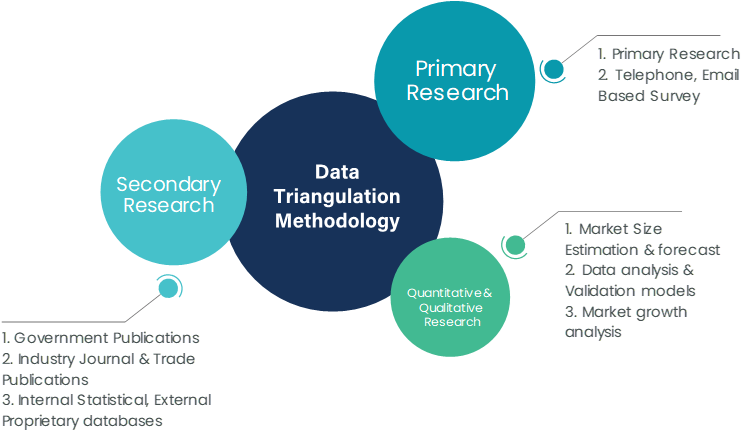
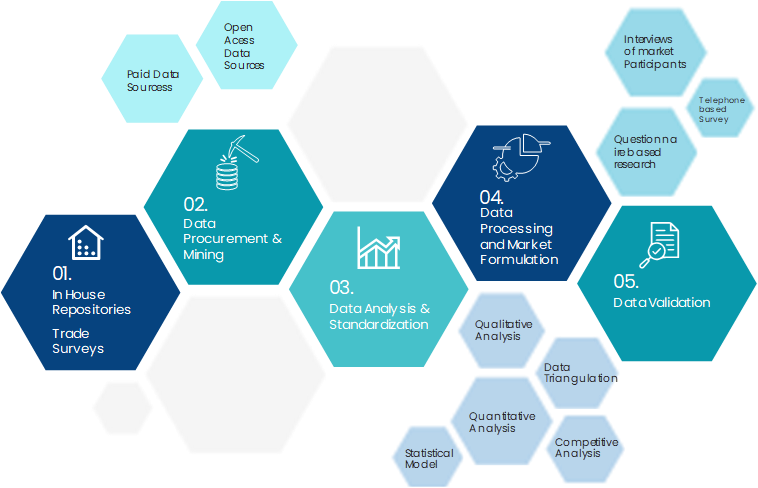
The preliminary raw data and relevant information are acquired via different sources such as secondary findings, trade surveys, and in-house repositories. Technical issues and trends are attained from technical symposia, surveys, and trade journals. Market dynamics such as driving factors, restraints/challenges, pricing trends, and opportunities are also collected using extensive secondary research via paid and open access data sources.
This info is then filtered to make sure that the related data including market trends, industry dynamics, and outlook is retained for the further research End-user. Data is constantly filtered to confirm that only authenticated sources are measured.
It comprises analysis & mapping of all the data gathered from the above step. It also includes the analysis of data differences observed across numerous data sources and arrives at final data points to be used for final calculations.
This step involves data End-user using various models, mathematical tools, projection, and sampling techniques to derive market findings. It also involves the placement of data points at suitable market spaces to gather viable conclusions.
Market estimates and forecasts are derived via simulation models. Collected data for market dynamics, Propulsion Type sets, pricing trends, and Type development is fed into the model and evaluated simultaneously. These factors are studied on a comparative basis, and their influence over the prediction period is quantified by means of regression, correlation, and time-series exploration. Analyst viewpoint & subject matter expert-based heuristic form of market sizing also plays an essential part in this step.
Some of the parameters measured as a part of the statistical model are:
Macro-economic indicators
Micro-economic indicators
Socio-political indicators
Environmental indicators
Propulsion Type indicators
Validation End-user aids to finalize data points to be used for final calculations. Primary Interviews are conducted to authenticate the data and analysis.
Primary research includes questionnaire-based research, email interactions, online surveys, and telephonic interviews. Interviewees are approached by prominent companies across the value chain including suppliers, Propulsion Type providers, domain experts, and buyers to ensure a holistic and unbiased picture of the market.
Industry participants involved in this research study include:
CEOs, VPs, market intelligence managers
Procuring and national sales managers technical personnel, distributors, and resellers
Research analysts and key opinion leaders from various domains
Our research methodology includes an ideal combination of primary and secondary initiatives.
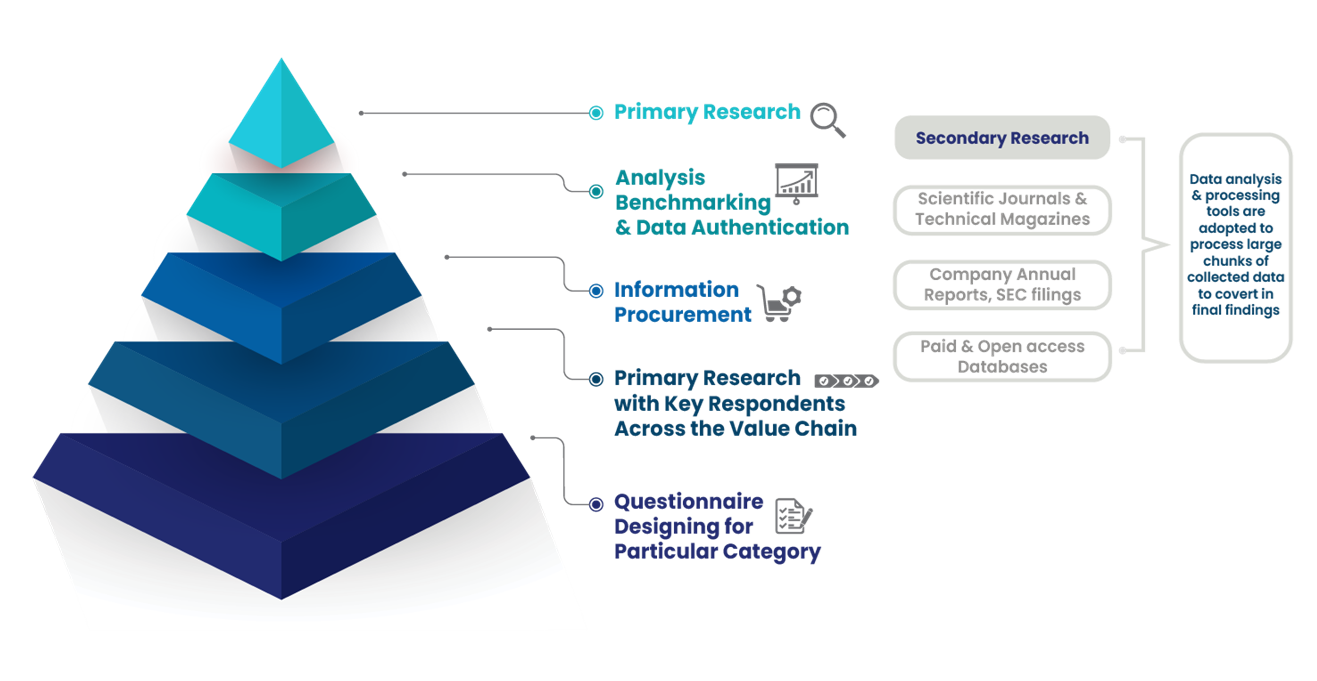
Source: International Market Research Analysis, 2024
It involves company databases such as Hoover's: This assists us to recognize financial information, the structure of the market participants, and the industry competitive landscape.
The secondary research sources referred to in the End-user are as follows:
Supply Chain and Inventory Managemental bodies, and organizations creating economic policies
National and international social welfare institutions
Company websites, financial reports and SEC filings, broker and investor reports
Related patent and regulatory databases
Statistical databases and market reports
Corporate Presentations, news, press release, and specification sheet of Manufacturers
Open access and paid data sources:
Eurostat
Statista
OneSource
Plastemart
WHO and World Bank
ITU
Factiva
Hoovers
Primary research includes online surveys and telephonic interviews.
Means of primary research: Email interactions, telephonic discussions, and questionnaire-based research, etc.
To validate our research findings and analysis, we conduct primary interviews of key industry participants. Insights from primary respondents help in validating the secondary research findings. It also develops Research Team’s expertise and market understanding.
Industry participants involved in this research study include:
CEOs, VPs, market intelligence managers
Procuring and national sales managers technical personnel, distributors, and resellers
Research analysts and key opinion leaders from various domains
We employ of following parameters in the absence of concrete data sources:
We assign weights to various parameters and quantify their market influence with the help of weighted average analysis, to derive an expected market growth rate
Income distribution, purchasing pattern, per capita income, and other end-user associated parameters
GDP, inflation rate, per capita disposable income, etc.
Expenditure, financial policies of the country, infrastructure and sector growth, and facilities
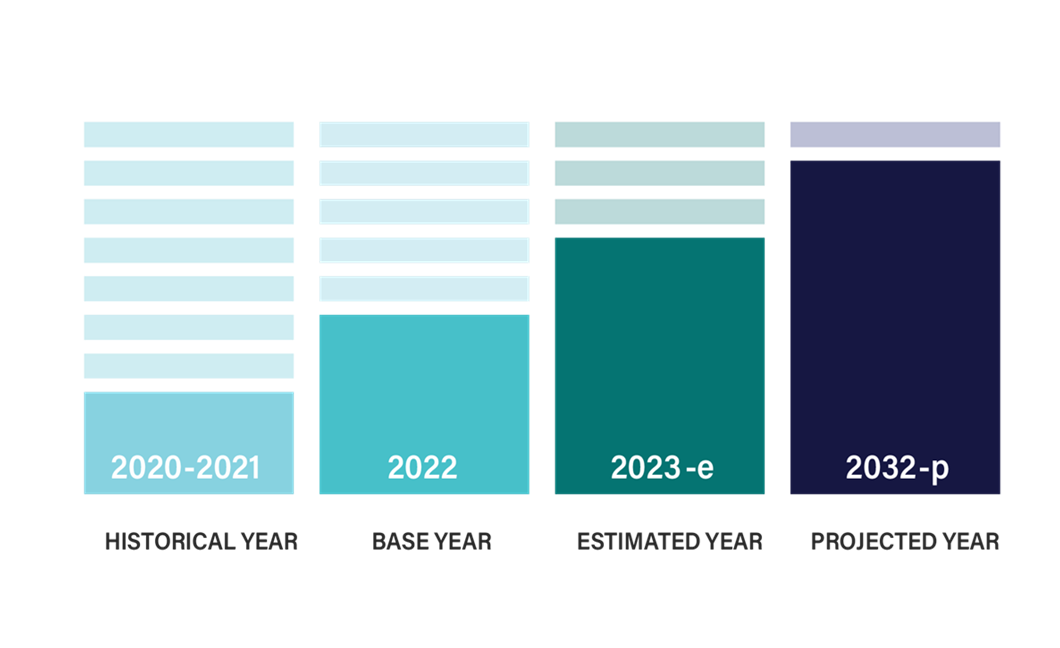
Source: International Market Research Analysis, 2024
International Market Research(IMR) is global leader in Market Research & Consulting services.